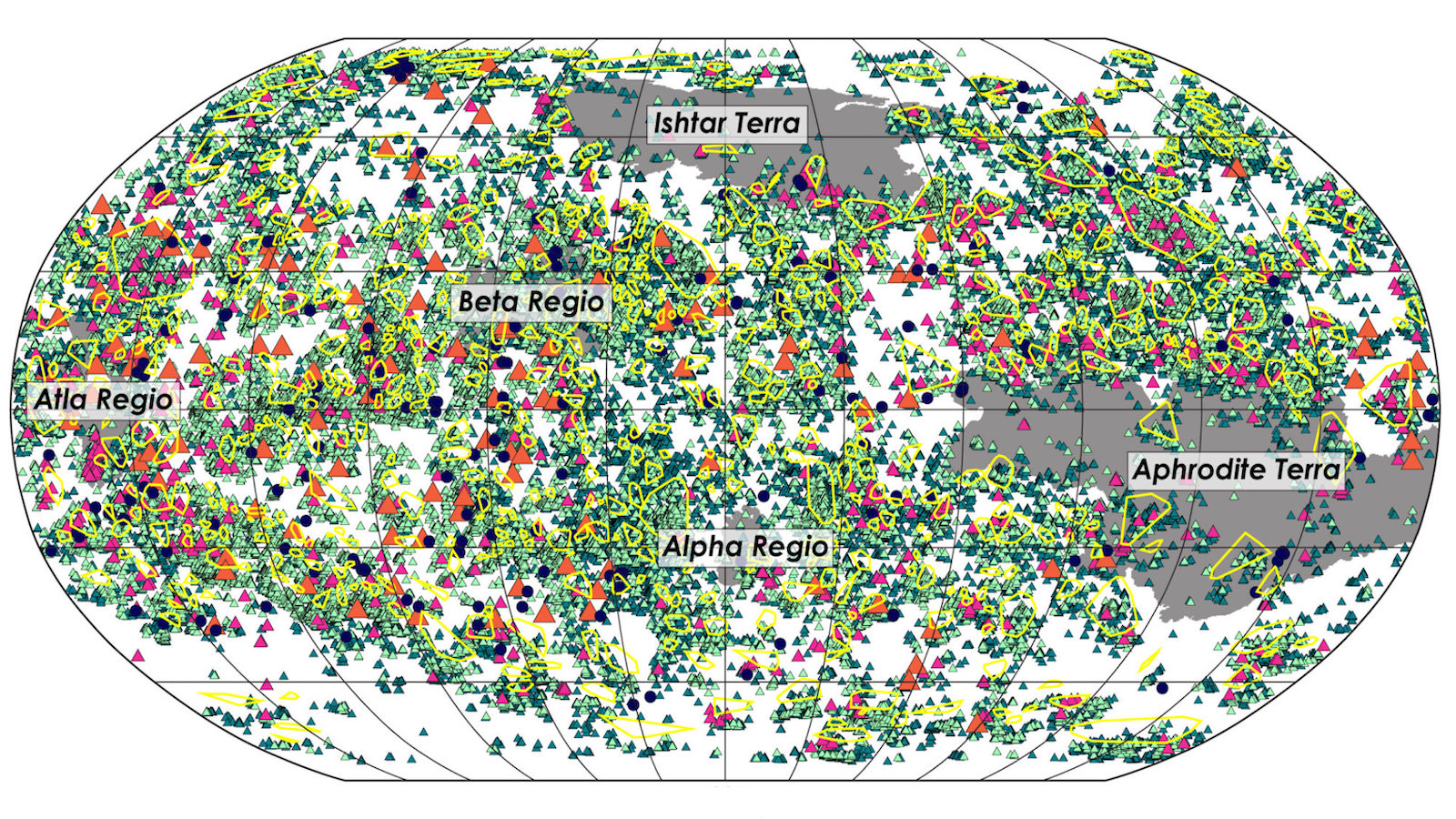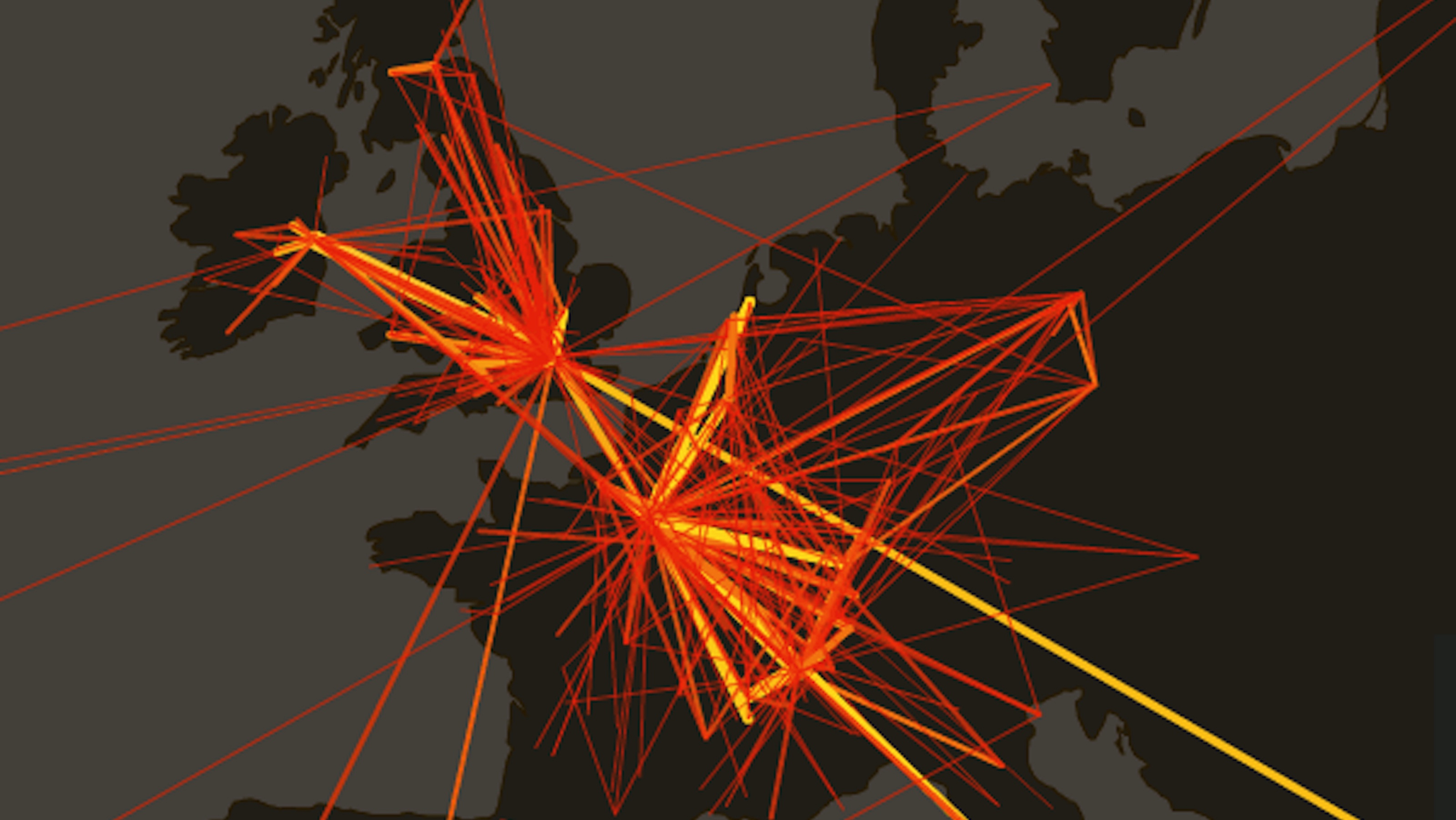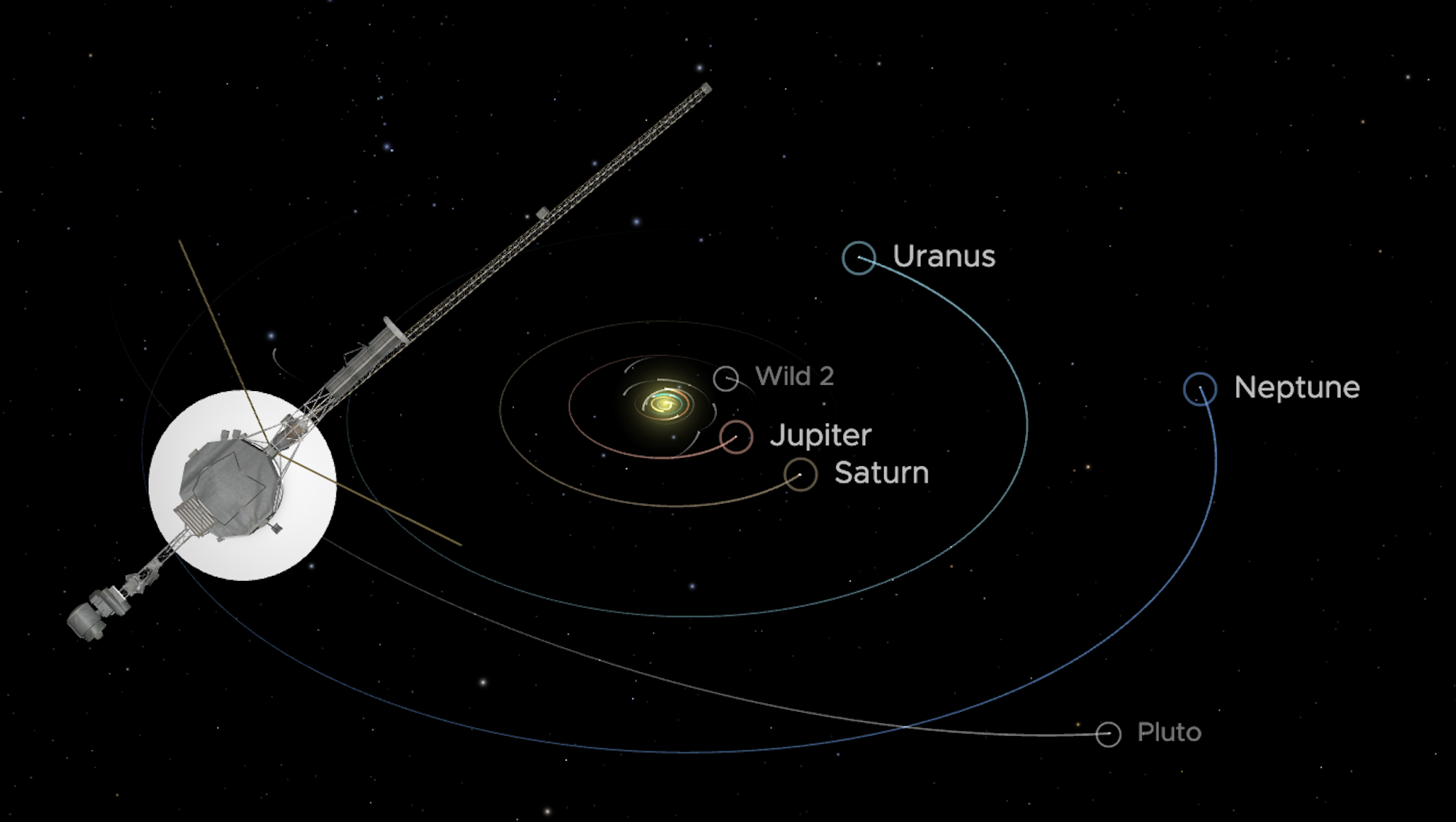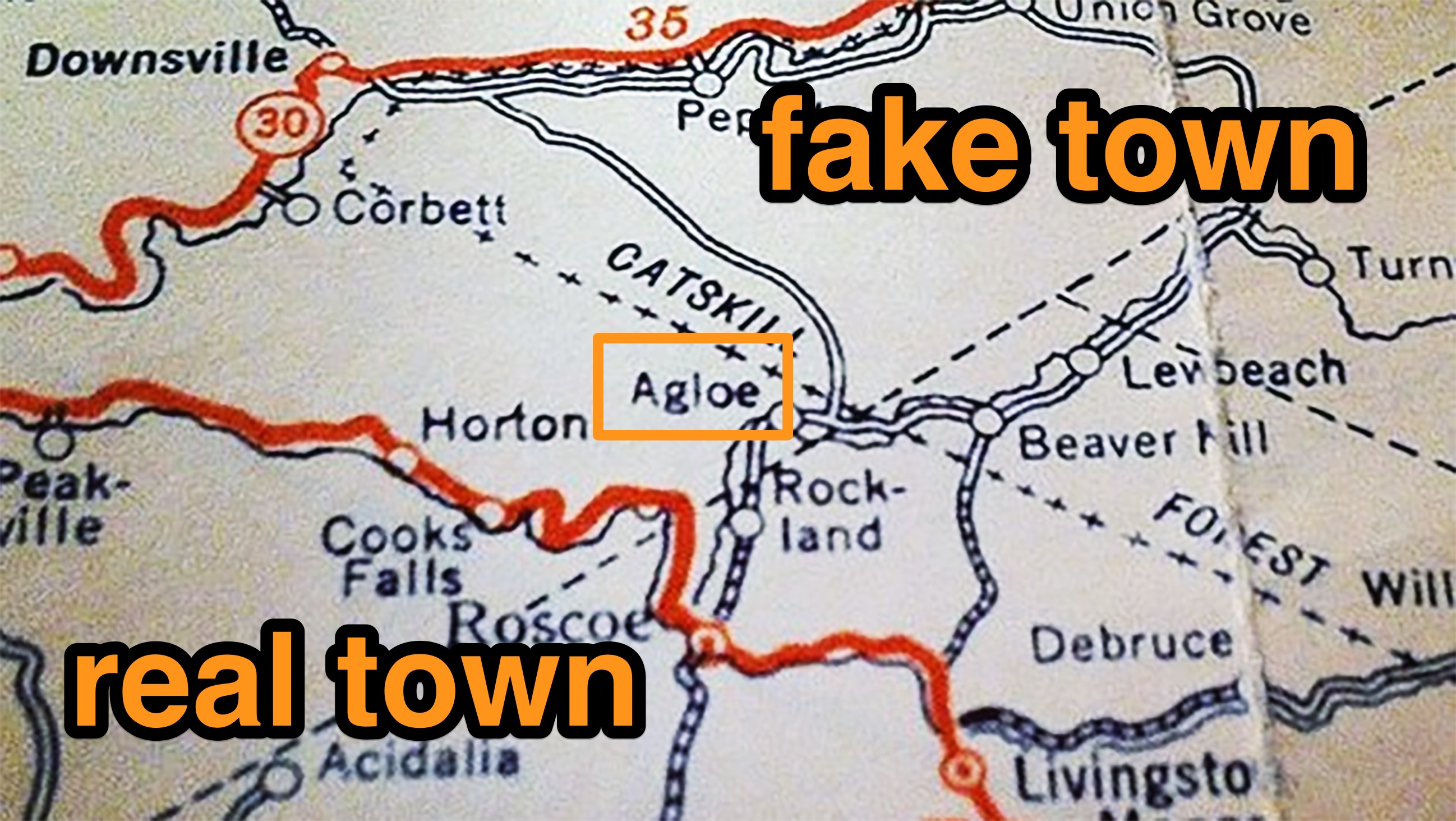The world’s largest PDF is bigger than the Universe

- What’s the largest PDF possible? According to an Adobe reference guide, it’s roughly the size of Iowa, or about 40% of Germany.
- Except that’s not the limit. In theory, there are no limits to the size of a PDF.
- To prove the point, one developer made a PDF larger than the Universe.
The size of your standard PDF matches the paper in your printer: A4 in most of the world, “letter-sized” in the U.S. and Canada. But standards are not limits. The biggest possible size for a PDF, it has long been said, is a square with sides 237.7 miles (381 km) long, for a total area of 56,047 square miles (145,161 km2).
Bigger than Greece
If that PDF were a country, it would be the 94th-largest in the world, considerably bigger than Greece. In terms of U.S. states, it’s roughly the size of New York State or Iowa. Another way of putting it: The PDF would be about 40% the size of Germany, as this map shows.
That is stupendous, and slightly alarming (imagine having to buy ink for that printer). But according to UK-based software developer Alex Chan, it’s not even close to being right: The biggest possible PDF is actually larger than the entire Universe.
Before we get into that, let’s turn to the format’s very own Big Bang moment. The year is 1991, and John Warnock, who cofounded Adobe in 1982, is still looking for a better way to ensure that graphics designed on one computer would look the same on another computer, and on the printed page.
The company’s first such protocol was PostScript, which was embedded in Apple’s LaserWriter in 1985. But Warnock wanted to do even better, and he scribbled his idea to do so on a napkin. He called it the “Camelot Project,” and in 1993, it birthed the Portable Document Format, and Acrobat, a program that could render and read those PDFs.

As a file format that encapsulates text, images, and formats into a fixed layout, PDFs are self-contained representations of documents that can be easily viewed and shared across different computer platforms. Despite being static, unlike PostScript, they support interactive features such as hyperlinks and forms.
Warnock’s innovation provided the digital revolution with a graphics boost. And yet, PDFs didn’t catch on immediately in those pioneering early years of the internet, largely because of the hassle of uploading or downloading large PDF files over dial-up internet.
Adopted by the IRS
One early boost for the adoption (though probably not the popularity) of PDFs was the U.S. Internal Revenue Service’s decision in 1996 to start using the file format for submitting tax information on its nascent website. Another boost came in 2008, when PDF became an open standard, making it truly free.
Today, it’s a staple product of the digital age, used by everyone from artists to astronauts, from lovers to lawyers. In 2023, PDF Reader Pro reported that 98% of businesses use PDFs for external document sharing, and that about 2.5 trillion PDF documents are created annually.
It’s estimated that up to 90% of that output is in either A4 or North American letter format, with the remainder consisting of other standard sizes like legal (8.5 x 14 in) and A3 (double A4), or customized dimensions (such as for posters, technical drawings, ebooks, etc.).
As such, most PDFs stay far away from the format’s theoretical size limits. But what are those limits? They depend on two things:
- The maximum page size — as accepted by PDF viewers like Adobe Acrobat
- The user space unit — the internal grid used to measure and position everything in a PDF
Here’s how those limits have evolved:
- Default PDF settings (early versions):
- The internal unit of measurement is 1⁄72 of an inch
- Early page sizes ranged from 72 × 72 units to 3,240 × 3,240 units
- That’s 1 × 1 inch to 45 × 45 inches in real-world dimensions
- 2005 — Acrobat 5.0 viewer update:
- Minimum page size dropped to 3 × 3 units (~0.04 × 0.04 inches)
- Maximum page size expanded to 14,400 × 14,400 units
- That’s up to 200 × 200 inches per page
- 2007 — PDF 1.6 and Acrobat 7.0:
- Introduced a setting called /UserUnit, which lets you scale up the internal measurement unit
- The maximum scaling allowed: 75,000 times the default
According to Adobe’s 1,310-page (!) PDF Reference guide, “(this) gives a maximum page dimension of 15,000,000 inches (14,400 * 75,000 * 1/72).” A square with four sides 15 million inches long has an area of 225 trillion square inches. That corresponds to the dimensions mentioned above: 56,047 square miles.

And those dimensions remain the maximum size constraints as defined by Adobe itself. But what if, asks Alex Chan on their blog, “we make a PDF that exceeds these ‘maximum’ values?”
1 trillion user units
The combined settings of PDF and the Acrobat reader do indeed allow for the creation of a Greece-sized document. You can enter higher values in terms of unit or page size, but “Acrobat just ignores it. It keeps saying that the size of a page is 15 million inches, even if the page metadata says it’s higher.”
However, “unlike Acrobat, the Preview app doesn’t have an upper limit on what we can put in (for page size). It’s perfectly happy for me to put in a width which is a 1 followed by twelve 0s.”
That’s 1 trillion user units, divided by 72 to get almost 13.9 billion inches, which converts to just under 219,206 miles (352,778 km).
“That width is approximately the distance between the Earth and the Moon,” writes Alex. “I’d have to get my ruler to check, but I’m pretty sure (a square with sides of that length would be) larger than Germany.”
“I could keep going. And I did. Eventually, I ended up with a PDF that Preview claimed is larger than the entire universe — approximately 37 trillion light years square. Admittedly, it’s mostly empty space, but so is the universe. If you’d like to play with that PDF, you can get it here. Please don’t try to print it.”
Just for your information: The observable Universe is approximately 93 billion light-years in diameter. And so it would appear that John Warnock and Alex Chan have outdone Jorge Luis Borges, who wrote a famous short story about a map as large as the empire it describes (“On Exactitude in Science”). The mighty PDF can be even larger than Creation itself.
As the PDF Association asserts, the most recent definition of user units states that “the range of supported values shall be implementation-dependent.” So, in theory at least, there is no upper limit to the size of a PDF — not even 37 trillion light-years. In practice, however, Alex’s larger-than-the-Universe PDF proves a point that probably doesn’t need repeating.
Check out Alex Chan’s article about their monster-sized PDF, with more details on how to make (and resize) PDFs.
Strange Maps 1271
Got a strange map? Let me know at strangemaps@gmail.com.
Follow Strange Maps on X and Facebook.





